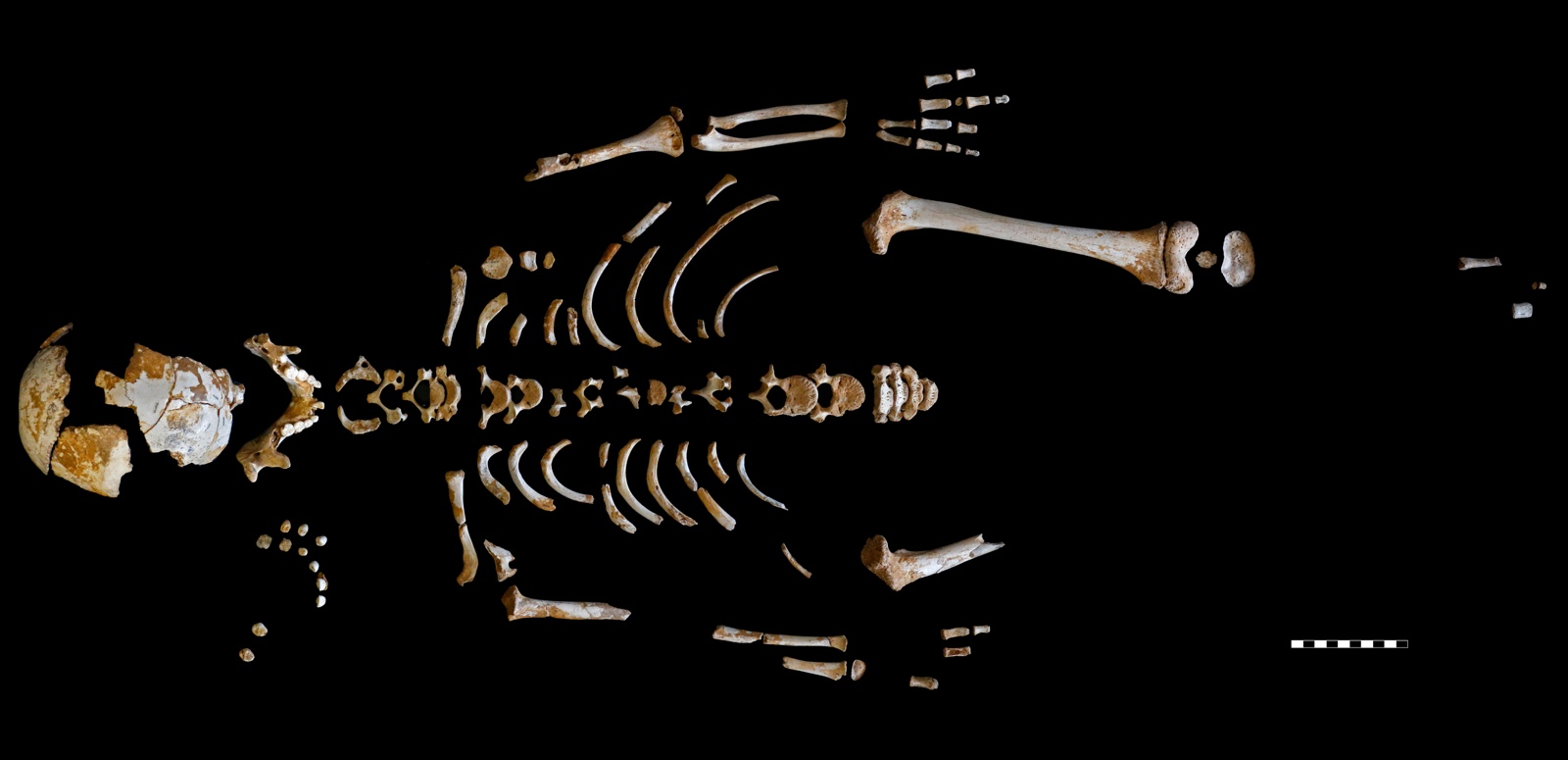How Neanderthals Got Their Unusually Large Brains

Neanderthals had larger brains than modern humans do, and a new study of a Neanderthal child's skeleton now suggests this is because their brains spent more time growing.
Modern humans are known for having unusually large brains for their size. It takes a lot of energy to develop such large brains, and previous research suggested that the high cost of modern-human brain development was a key reason why human growth in general is slow compared with that of other primates.
"If you look at earlier primates, they have much quicker development," said study co-lead author Antonio Rosas, chairman of the paleoanthropology group at Spain's National Museum of Natural Sciences, in Madrid. [In Photos: Neanderthal Burials Uncovered]
Researchers knew that Neanderthals had even larger brains than modern humans do, but it was unclear whether the Neanderthal pattern of growth was as slow as it is in modern humans or whether it was faster, as in other primates.
To learn more about Neanderthal development, scientists investigated an exceptionally well-preserved, nearly complete skeleton of a young male Neanderthal unearthed at the 49,000-year-old site of El Sidrón in Spain. A study in March found that Neanderthals at El Sidrón once dined on woolly rhinoceroses and wild sheep, and even self-medicated with painkillers and antibiotics.
To find out how old the Neanderthal was when he died, the scientists cut into the skeleton's teeth and counted the number of growth layers, much as one can estimate a tree's age by counting the number of rings in its trunk. They estimated the boy was about 7.7 years old when he died. The cause of his death was unclear, but it did not appear to be disease or trauma.
The skull of the Neanderthal was still maturing at the time of death, and his brain was only 87.5 percent the size of the average adult Neanderthal brain. "We think this Neanderthal boy's brain was still growing in volume," Rosas told Live Science. In contrast, "at about the same age, the modern human brain would have reached nearly 95 percent of its volume," he added.
Get the world’s most fascinating discoveries delivered straight to your inbox.
These findings suggest "it took a little bit longer for the brain to grow in Neanderthals than in modern humans," Rosas said. Similarly, a number of the Neanderthal's vertebrae had not yet fused, although those same vertebrae tend to fuse in modern humans by about the ages of 4 to 6.
Still, the researchers noted that maturation of most other features of the Neanderthal boy's anatomy matched the maturation of those of a modern human of the same age. "Our main conclusion is that Neanderthals shared a common [overall] pattern of growth with modern humans, and this common pattern was possibly inherited from a common ancestor," Rosas said.
"We thought our slow way of growing was very specific, very particular, very unique to our species," Rosas said. "What we realize now is that this pattern of slow growth that allows us to have this big brain and mature slowly, with all the advantages involved with that, was also shared by different human species."
It remains uncertain what consequences, if any, this different rate of brain development might have had for how Neanderthals thought or behaved, the researchers added.
The scientists detailed their findings in the Sept. 22 issue of the journal Science.
Original article on Live Science.





